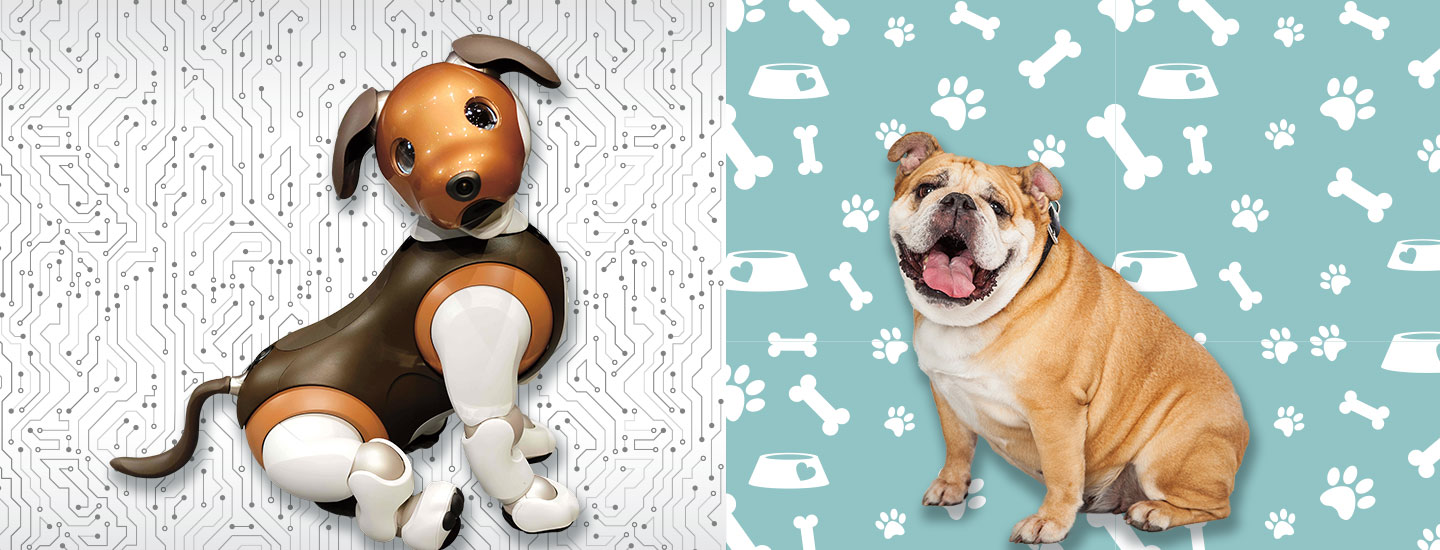It barks, it plays, it does tricks, and it begs for attention. In many ways, Aibo is just like any other dog. But there’s one major difference: Aibo is an interactive robot pet created by Sony.
But how much is owning an Aibo like owning a real dog? Gail Melson, a professor of psychology at Purdue University in Indiana, studied how kids ages 9 to 15 reacted to Aibo.
It barks. It plays. It does tricks and begs for attention. In many ways, Aibo is just like any other dog. But there's one major difference: Aibo is a robot. Sony created it to be an interactive pet.
But how much is owning an Aibo like owning a real dog? Gail Melson is a professor of psychology at Purdue University in Indiana. She studied how kids ages 9 to 15 reacted to Aibo.

